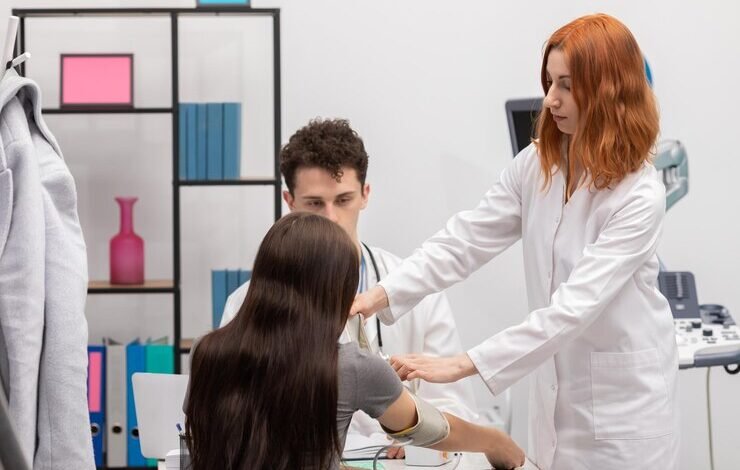
Hair thinning can be a distressing experience, impacting self-esteem and confidence. As technology advances, innovative solutions like laser hair therapy (LHT) offer hope for those struggling with hair loss. This non-invasive treatment is gaining popularity for its effectiveness and convenience. Let’s delve into the details of laser hair therapy and how it can help you regain fuller, healthier hair.
What is Laser Hair Therapy?
Laser hair therapy, also known as low-level laser therapy (LLLT), uses safe, low-level laser light to stimulate hair follicles. This process enhances cellular function and promotes hair growth by increasing blood flow and nutrient delivery to the scalp. Suitable for both men and women, LHT is a promising option for addressing hair thinning and loss.
How Does It Work?
The therapy utilizes red light wavelengths to penetrate the scalp and reach the hair follicles. These wavelengths stimulate the epidermal stem cells, which are crucial for hair follicle regeneration and growth. By energizing these cells, LHT helps to prolong the anagen (growth) phase of the hair cycle, leading to thicker and denser hair over time.
Key Benefits of Laser Hair Therapy
- Non-Invasive and Painless
Unlike surgical hair restoration methods, laser hair therapy is completely non-invasive. The treatment involves no incisions or anesthesia, and patients experience no pain during the sessions. This makes it an appealing option for those wary of surgical procedures.
- Clinically Proven
Numerous clinical studies have demonstrated the efficacy of LHT in promoting hair growth and reducing hair thinning. The FDA has cleared LHT devices for treating androgenetic alopecia, highlighting their safety and effectiveness.
- Improved Hair Quality
Besides promoting new hair growth, laser hair therapy can improve the quality of existing hair. Many users report that their hair becomes thicker, shinier, and more resilient after undergoing LHT.
- Convenience and Flexibility
Treatments can be administered in a clinical setting or at home using portable LHT devices. This flexibility allows individuals to integrate the therapy into their routines easily, ensuring consistent and regular treatment sessions.
- Boosts Confidence
Thinning hair can take a toll on one’s self-esteem. By effectively addressing hair loss, laser hair therapy can significantly enhance confidence and improve overall well-being.
Success Stories
Many individuals have experienced remarkable transformations with laser hair therapy. For instance, John, a 45-year-old man struggling with hereditary hair loss, noticed a significant improvement in hair density and thickness after six months of regular LHT sessions. “I was skeptical initially, but the results have been beyond my expectations,” he shares. “My hair looks fuller, and I feel more confident.”
Getting Started with Laser Hair Therapy
Before starting laser hair therapy, it’s essential to consult with a hair restoration specialist. They can evaluate your specific condition and recommend a tailored treatment plan. Consistency is key to achieving the best results, so it’s important to follow the recommended schedule for LHT sessions.
Conclusion
Laser hair therapy represents a beacon of hope for those dealing with thinning hair. Its non-invasive nature, proven effectiveness, and convenience make it a compelling option for anyone seeking to combat hair loss. By understanding how LHT works and hearing success stories from real people, you can make an informed decision about incorporating this innovative treatment into your hair care regimen. Embrace the possibilities of laser hair therapy and take a step towards achieving healthier, fuller hair and renewed confidence.
Consult a leading hair specialist doctor in Vadodara for expert care and effective solutions to all your hair-related concerns.


